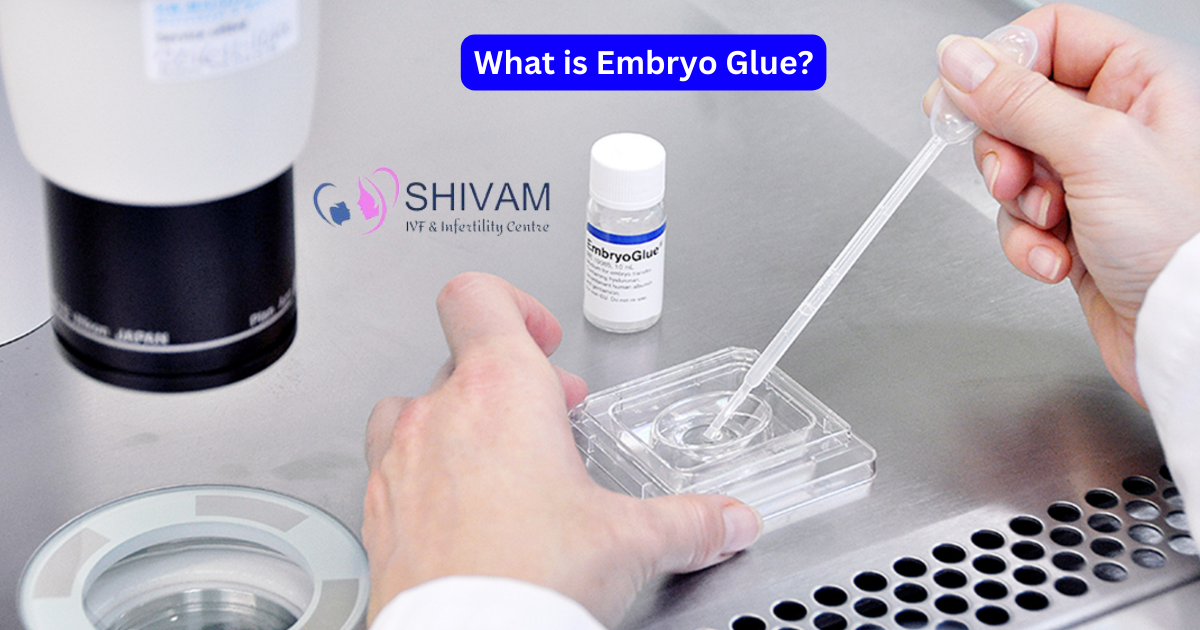Effect of Date Palm Seed Pod Ash and Eggshell Powder on the Physico-Mechanical Properties of Cement Blends
(0 User reviews)
335
87
1. Department of Chemical Engineering, Abubakar Tafawa Balewa University, Bauchi, Nigeria;
2. Department of Civil Engineering, Abubakar Tafawa Balewa University, Bauchi, Nigeria
American Journal of Science, Engineering and Technology (Science Publishing Group)
2023
8 : 1
1-12
10.11648/j.ajset.20230801.11
English
Iliya Bila Auta, Ibrahim Ikara Abdulkarim, Olubajo Olumide Olu. Effect of Date Palm Seed Pod Ash and Eggshell Powder on the Physico-Mechanical Properties of Cement Blends. American Journal of Science, Engineering and Technology. Vol. 8, No. 1, 2023, pp. 1-12. doi: 10.11648/j.ajset.20230801.11. Share Research.
Abstract
The aim of this research was to investigate the effect of replacing eggshell powder (ESP) with date palm seed pod ash (DPSA), curing age and cement replacement on the properties of cement blended with ESP and/or DPSA on the water consistence, setting times and mortar compressive strengths according to ASTM standards. DPSA was produced by calcining date palm seed pod at 590°C for 8 hours followed by 630°C for 3 hours and the resultant ash was ground and sieve with a 90-micron sieve. Portland limestone cement CEM II 42.5R was employed and replaced by eggshell powder and DPSA at various proportions between 0 – 12.5 wt.% at interval of 2.5 wt.% for consistence and setting times whereas cement replacement was varied between 0 -8 wt.% at interval of 2 wt.% for the mortar compressive strength by using 50 mm cubes with a mixing ratio 1:3:5 (water, binder and sand). DPSA revealed high silica content of 42.75 wt.% with SiO2+Al2O3+Fe2O3 < 70% (45.38 wt.%) and hence may not be considered as a good pozzolana whereas ESP revealed a high lime content of 55.45 wt.% and considered a filler respectively using X-ray fluorescence spectrometer. Results indicated an increase in the water consistence for DPSA cement blend in comparison with control which related to either presence of unburnt carbon, clinker diminution or formation of magnesium hydroxide as a protective layer. Most of the cement blends experienced a diminution in the setting time compared to control except for cement blended with higher DPSA content. The accelerated and retarded setting times could possibly be due to available lime which favors ettringite instead of monosulfate and unburnt carbon present resulting in high water demand. The compressive strengths of both the control and cement experienced increments as curing age progressed with most of the blends exhibiting enhanced strength especially at the later stage at 28 and 60 days in comparison with control PLC. The reason for the enhanced strength at the later stage despite clinker diminution could be attributed to pozzolanic reaction between silica present in DPSA coupled with the available lime present in ESP. The optimal cement replacement of 4 wt.% was observed beyond which cement blends produced slightly lower strength in comparison with control owing to clinker diminution effect and higher water demand due to unburnt carbon present.
Date Palm Seed Pod Ash, Eggshell Powder, Consistence, Setting Times, Compressive Strength
The aim of this research was to investigate the effect of replacing eggshell powder (ESP) with date palm seed pod ash (DPSA), curing age and cement replacement on the properties of cement blended with ESP and/or DPSA on the water consistence, setting times and mortar compressive strengths according to ASTM standards. DPSA was produced by calcining date palm seed pod at 590°C for 8 hours followed by 630°C for 3 hours and the resultant ash was ground and sieve with a 90-micron sieve. Portland limestone cement CEM II 42.5R was employed and replaced by eggshell powder and DPSA at various proportions between 0 – 12.5 wt.% at interval of 2.5 wt.% for consistence and setting times whereas cement replacement was varied between 0 -8 wt.% at interval of 2 wt.% for the mortar compressive strength by using 50 mm cubes with a mixing ratio 1:3:5 (water, binder and sand). DPSA revealed high silica content of 42.75 wt.% with SiO2+Al2O3+Fe2O3 < 70% (45.38 wt.%) and hence may not be considered as a good pozzolana whereas ESP revealed a high lime content of 55.45 wt.% and considered a filler respectively using X-ray fluorescence spectrometer. Results indicated an increase in the water consistence for DPSA cement blend in comparison with control which related to either presence of unburnt carbon, clinker diminution or formation of magnesium hydroxide as a protective layer. Most of the cement blends experienced a diminution in the setting time compared to control except for cement blended with higher DPSA content. The accelerated and retarded setting times could possibly be due to available lime which favors ettringite instead of monosulfate and unburnt carbon present resulting in high water demand. The compressive strengths of both the control and cement experienced increments as curing age progressed with most of the blends exhibiting enhanced strength especially at the later stage at 28 and 60 days in comparison with control PLC. The reason for the enhanced strength at the later stage despite clinker diminution could be attributed to pozzolanic reaction between silica present in DPSA coupled with the available lime present in ESP. The optimal cement replacement of 4 wt.% was observed beyond which cement blends produced slightly lower strength in comparison with control owing to clinker diminution effect and higher water demand due to unburnt carbon present.
There are no reviews for this Publication.
There are no comments for this Publication.
You must log in to post a comment.
Log in








